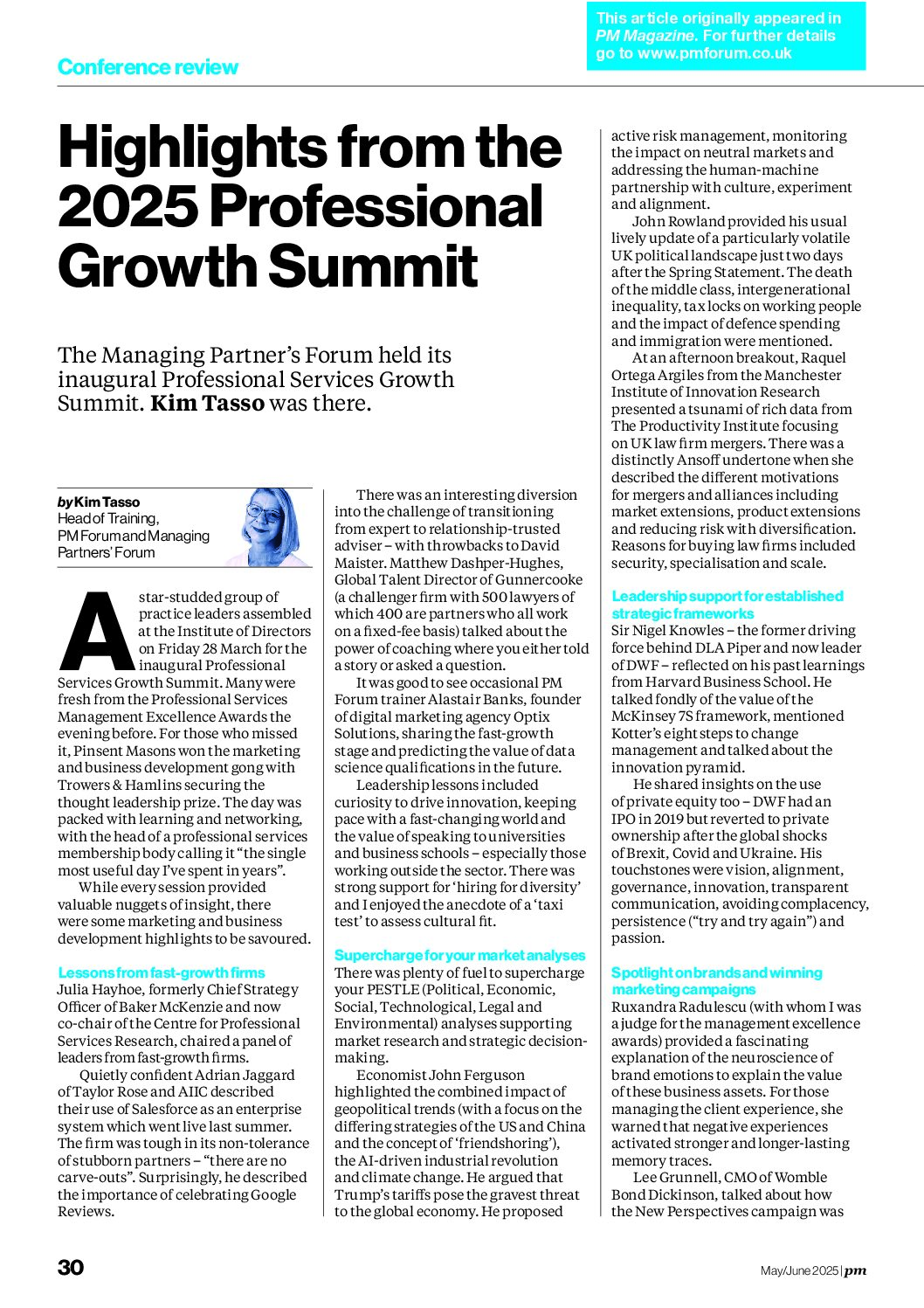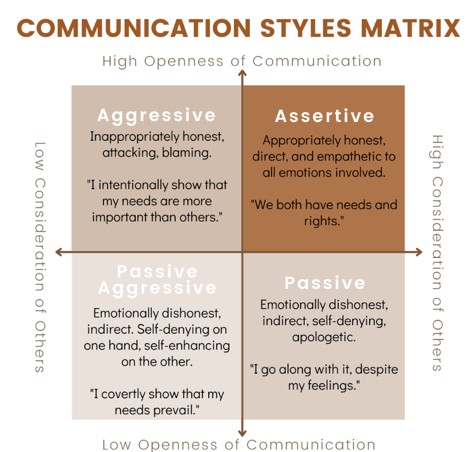Earlier this year I worked on some legal market research with The Lawyer magazine to analyse the huge amount of data collected from 530 in-house lawyers for the fourth In-house attitudes survey.
My executive summary of that report was published in June 2015 http://www.thelawyer.com/in-house/positive-attitudes-in-house-attitudes-report-executive-summary/3035939.article and the main points were as follows:
- 28.2% described themselves as “General Counsel” or “Head of Legal” and 13.7% used “Senior Counsel”.
- The biggest sector represented (23.5%) were in banking and finance and in many areas this sector was ahead of the pack with the largest teams, performance related remuneration and the use of secondees and agile resource providers. They were also the most likely to have changed legal adviser in the last year – nearly a half did so.
- There appears to be more mobility among in-house lawyers with a significant reduction (from 35.2% last year down to 24.2% this year) of those who have bene in post for more than five years. The largest group was those who had been in their role for one to three years 39.6%
- Half of the legal teams comprised two to 10 people – a hike from 42% last year. There was an increase in sole counsel – increased from 12.1% last year to 16.9%.
- Yet 46% reported growth in teams and 82% reported growth of between one and three members (45% indicating just one new member). 7% reported a reduction or no change in team size.
- A third are using secondees with 17.6% having one or two. Most popular areas for secondees were corporate, litigation/dispute resolution and banking/finance. This matched the priorities for planned recruitment.
- Almost a quarter of the annual legal spend budgets were in the £1-5 million range (22.8%) but the majority (25.2%) were in the £50,000-£500,000 range. 16.8% had budgets over £5 million of which nearly 9% were over £10 million
- Inhouse lawyers appear to feel well-supported by management with an overall score of 3.5 out of 5. Strongest in banking and media sectors, and weakest in insurance and manufacturing sectors
- The majority report that they believe they are perceived as commercial (56.2%), helpful (51.3%) and practical (47.9%). Only 37.2% felt they were seen as strategic and just 6.2% as leaders. This is despite 37.6% of the most senior lawyers being on the board.
- The three issues dominating their agendas with regard to challenges facing their organisation: increasing regulation, changing economic conditions and budgetary restrictions.
- The attractiveness of the private sector is declining – the number of inhouse lawyers who would consider private practice was 50% in 2012, 2013 and 2014 but fell to 44.9% this year.









